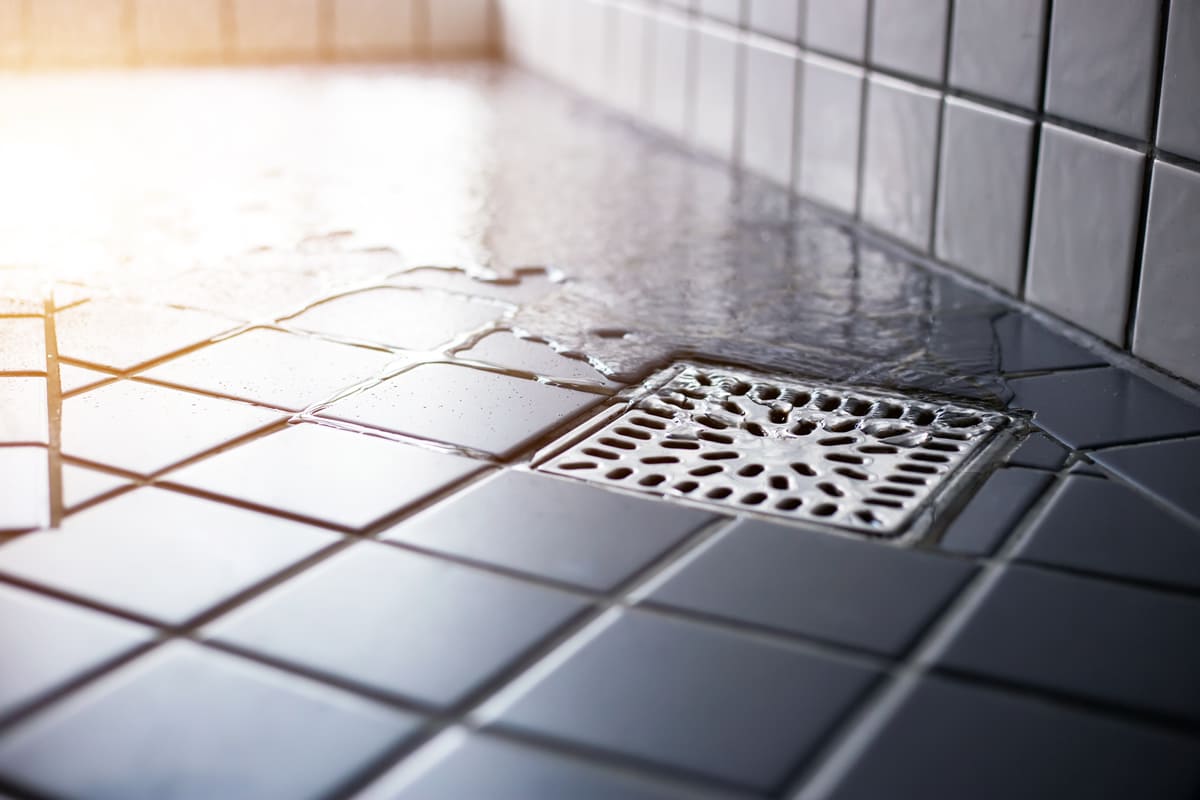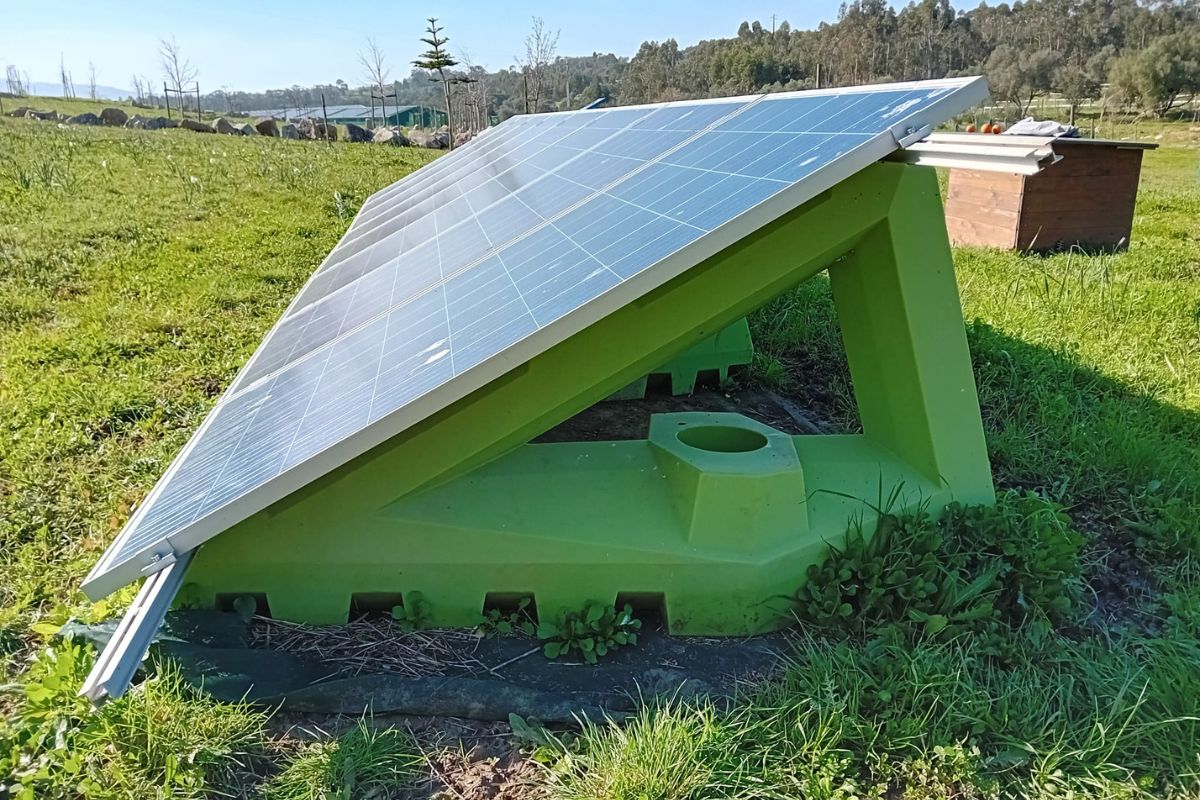Rainwater harvesting: designing water recovery systems

In recent years, awareness and focus on environmental sustainability have significantly increased. This broad topic includes various aspects, among which the responsible management of natural resources is crucial. One particularly important area is rainwater collection. The reason is straightforward yet critical: many regions (including areas in Italy) experience water shortages at certain times of the year. Often, we waste rainwater—an abundant and free resource—simply because we do not know how to reuse it efficiently. Rainwater collection is therefore an effective solution to reduce potable water consumption, improve agricultural productivity, and ensure sustainable water resource management.
How to Collect Rainwater
Rainwater harvesting involves using specific systems that channel precipitation into a designated rainwater storage tank. The collected water can then be used for various purposes, including:
- Irrigating gardens and green areas
- Washing vehicles
- Flushing toilets
- Cleaning floors and outdoor surfaces
- Refilling ornamental ponds and decorative fountains
- Supplying evaporative cooling systems
- Industrial washing
- Supporting production processes that do not require potable water
- Storing water for emergency use
- Reducing strain on urban drainage systems
Because of its versatility, rainwater harvesting is particularly beneficial for residential, industrial, and agricultural applications. These systems not only reduce potable water demand from public supplies but also support environmental sustainability. Additionally, they help prevent urban flooding by reducing sewer system overload during heavy rainfall. The economic impact is also notable, as these systems contribute to lower water bills and significant long-term savings.
Rainwater Harvesting Systems
Rainwater collection systems consist of several key components. First, the collection surfaces (such as roofs and impermeable areas) gather the rainwater. Gutters and downspouts then direct the water into storage tanks, which can be underground or above ground and made of concrete, plastic, or steel. Pumps and distribution systems then deliver the collected water for various uses.
One of the most essential components of rainwater harvesting systems is filters. Rainwater filters remove leaves, debris, and other impurities that could make the water unusable or damage the collection and distribution system.
For an efficient rainwater harvesting system, several factors must be considered:
- Surface Type and Size: These influence the volume of water that can be collected. Smooth surfaces, such as sloped roofs, are more efficient at water collection than porous ones.
- Location and Rainfall Volume: Understanding the average local precipitation levels is crucial for sizing the system correctly, particularly the storage tanks.
- Storage Capacity: The tank's size should be proportionate to the intended water usage.
- Local Regulations: Compliance with local building codes and regulations is necessary to ensure proper system design and installation.
Costs, Maintenance, and Applications
Like any system, a rainwater harvesting setup requires regular maintenance. This includes cleaning filters and gutters, inspecting storage tanks and pumps, and ensuring water quality—especially if used for irrigation, where crops may require additional care. Properly maintained, a rainwater collection system can last over 20 years, allowing for cost recovery and maximizing benefits.
The cost of installing a rainwater harvesting system varies widely, from a few hundred euros to over €10,000, depending on tank size, technology, and specific system features. However, the potential savings are considerable. Estimates suggest that a well-designed rainwater collection system can reduce water bills by 30–50% in residential settings and 60–70% in industrial or agricultural applications, depending on usage and scale. These numbers make rainwater collection a financially justifiable investment.
Moreover, beyond economic benefits, rainwater harvesting systems contribute to environmental sustainability, reducing dependence on potable water supplies and minimizing the ecological impact of water consumption.
Designing a rainwater collection system is an essential step toward responsible water management. It is beneficial for residential applications (garden irrigation and toilet flushing), agricultural use (field irrigation and drought mitigation), and industrial operations (process water, machinery cleaning, and cooling systems).
Sustainable solutions like rainwater harvesting represent a valuable opportunity to ensure a better environmental and economic future.
In the water management sector, Nexus Srl offers a range of plastic drainage pits, covers, and accessories for rainwater collection. Nexus plastic drainage pits reduce transportation costs due to their lightweight, stackable design and extend the lifespan of water systems as they are resistant to erosion and deformation.








